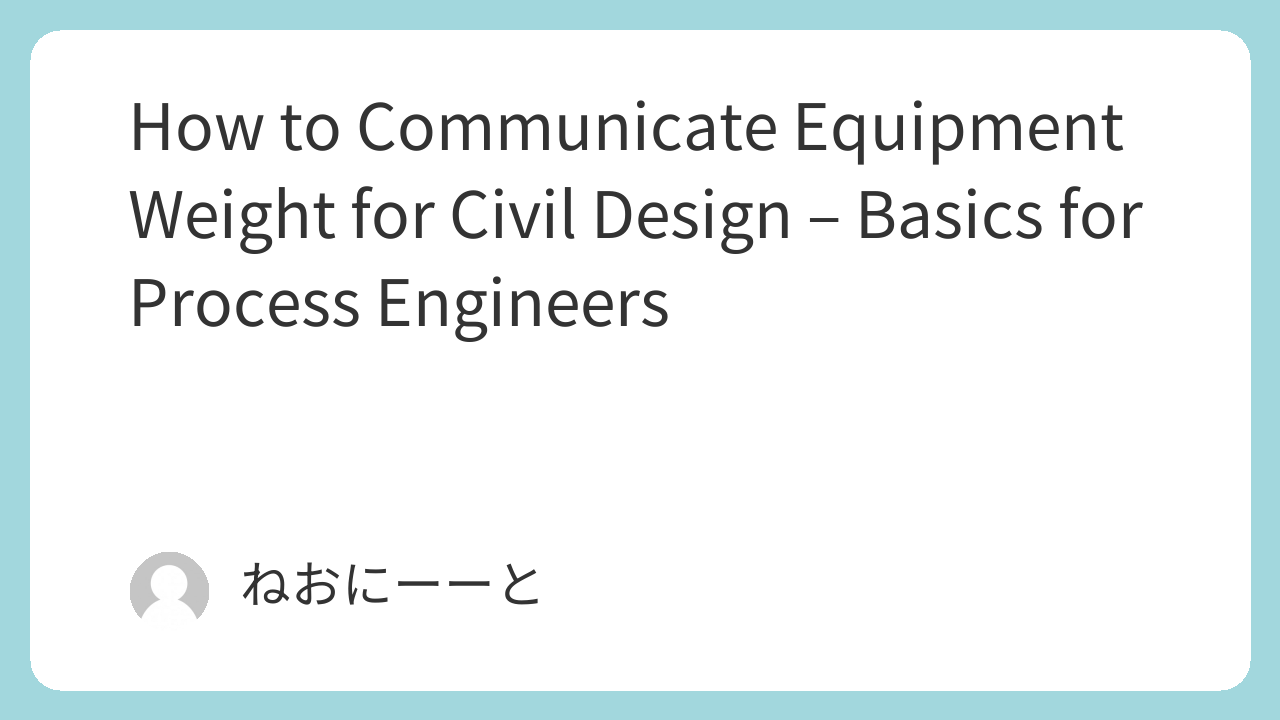When installing large equipment in a chemical plant, civil engineers need to design solid foundations to support the weight. But to do that, they rely on accurate information from process or mechanical engineers.
If weight information is missing or unclear:
- The foundation may be over- or under-designed
- Construction may be delayed
- Equipment safety could be compromised
In this article, we’ll explain:
- What weight data civil engineers need
- Why it’s important for foundation design
- What process/mechanical engineers should provide
Let’s go over the key points simply and clearly.
Why Weight Data Matters in Civil Design
Civil (or structural) engineers design the concrete bases, steel supports, and foundation piles that hold your equipment.
If the foundation is too weak, the equipment could shift or sink.
If it’s too strong, it wastes time and money.
That’s why sharing accurate weight and load information is critical.
What Information Should You Provide?
Here’s a checklist of what civil engineers typically need:
- Operating Weight
The total weight during normal operation (including liquid inside the vessel or pipes). - Empty Weight (Dry Weight)
The equipment weight without any contents. This matters for transport and maintenance. - Hydrostatic Test Weight (Test Load)
The weight during water pressure testing—this can be heavier than normal operation. - Load Point Locations
Where the weight is supported—legs, skirts, saddles, or nozzles. - Dimensions and Center of Gravity (if available)
Helps civil engineers understand load distribution.
Other Considerations
- Seismic and Wind Loads
In earthquake-prone or outdoor locations, additional forces should be considered. These may be calculated by the civil team, but equipment shape and location still matter. - Future Expansion or Load Changes
If weight may increase later (e.g., adding insulation or new piping), mention this early.
Where This Applies
You’ll need to provide this data when:
- Installing large tanks, reactors, columns, or heat exchangers
- Building platforms or pipe racks
- Laying underground foundations or piles
This applies in both new plant design and major equipment replacements.
Summary
Let’s recap:
- Civil engineers design foundations using equipment weight and load data
- Process/mechanical engineers must share operating, empty, and test weights, plus load points
- Good communication avoids structural problems and costly redesigns
Even if you’re not a civil expert, providing the right numbers helps the project run smoothly and safely.

Comments